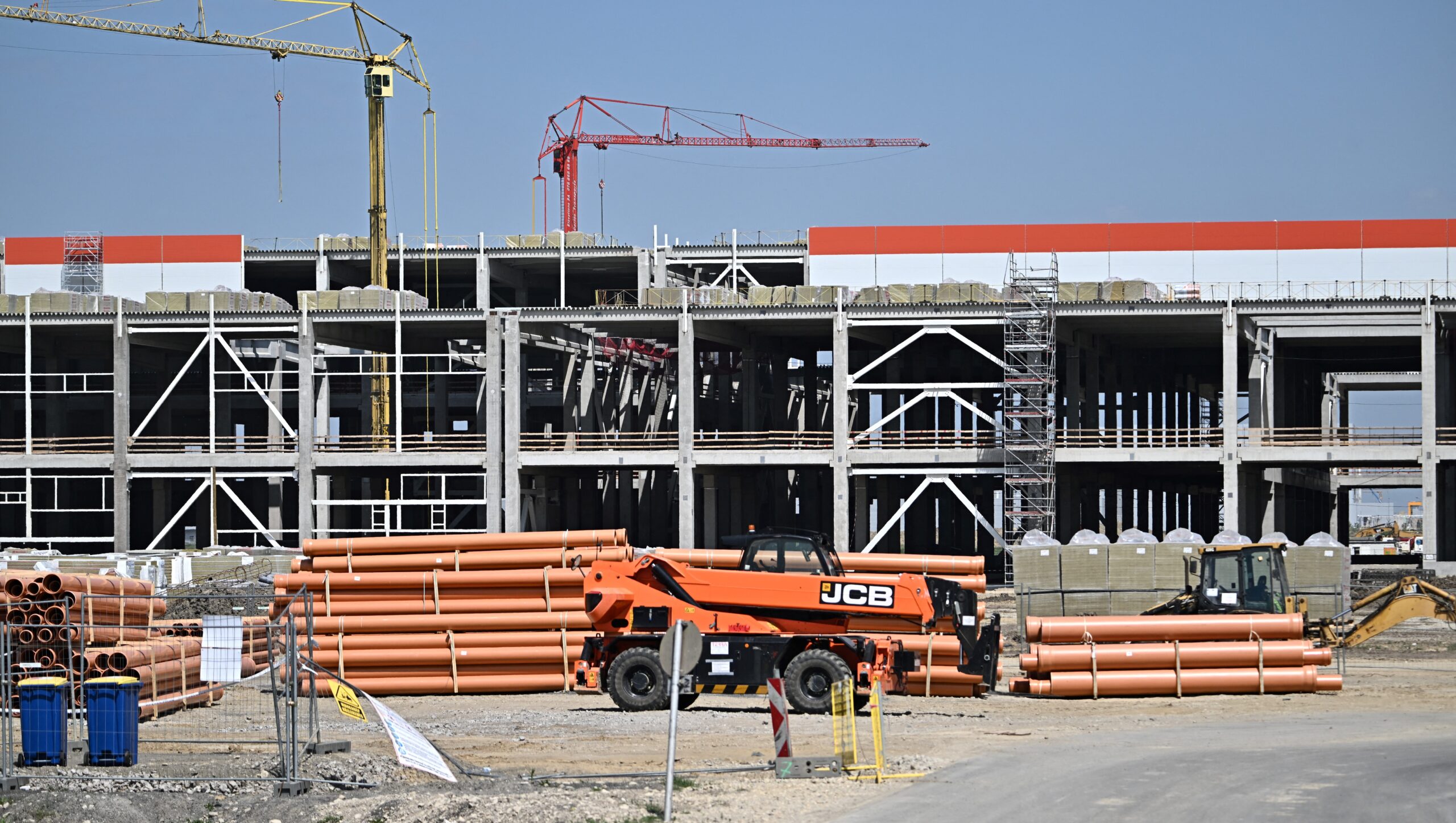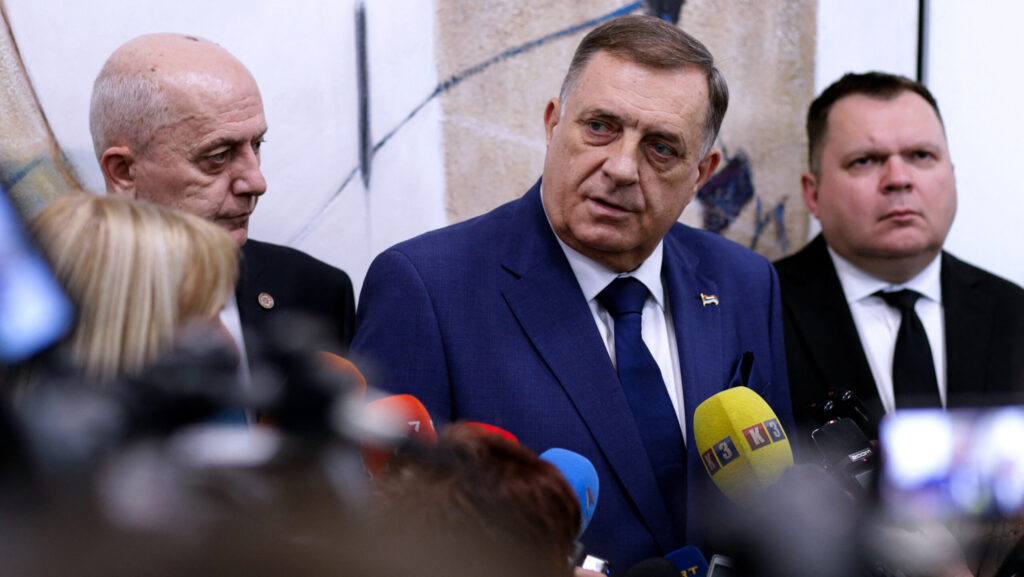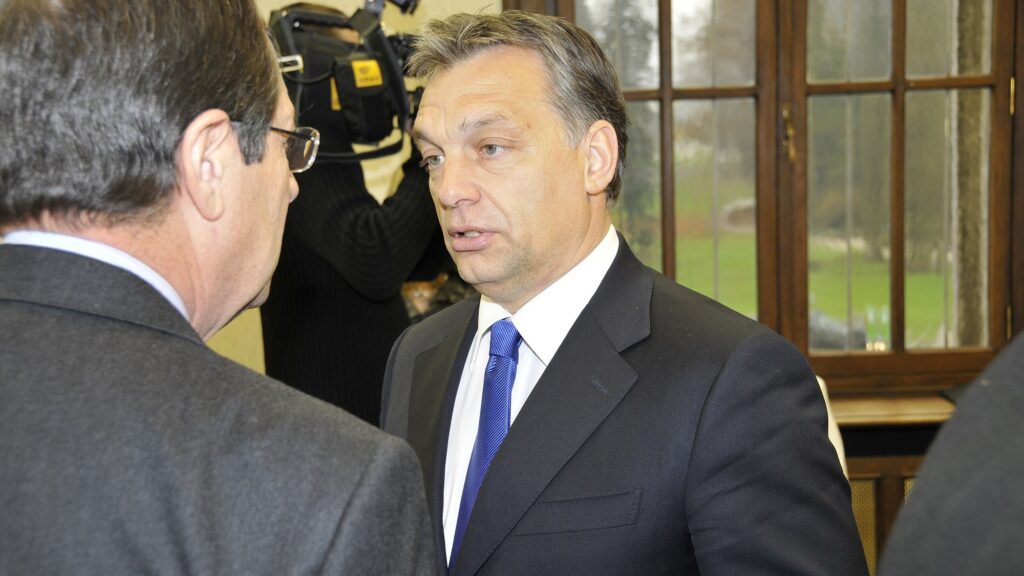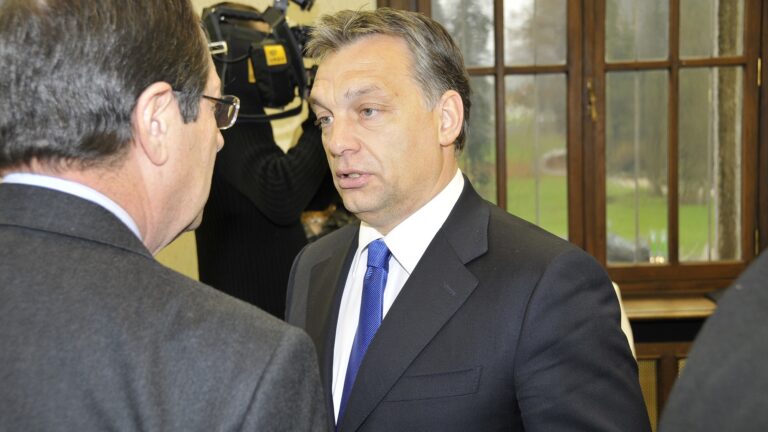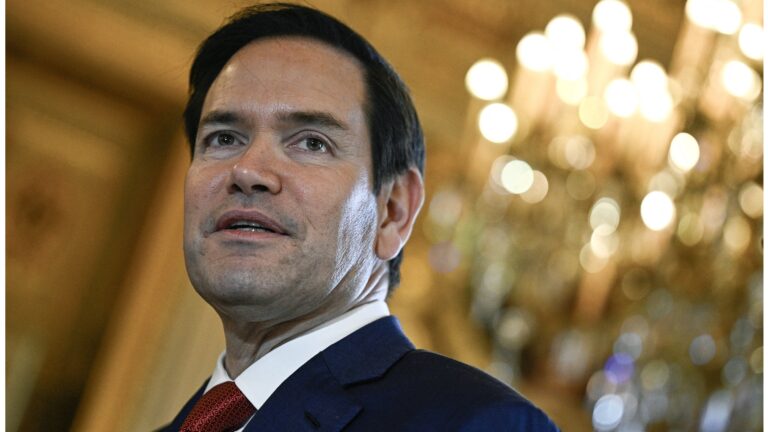The following is a translation of an article written by Gábor Halaska, an analyst at the Makronóm Institute, originally published on Mandiner.hu.
According to the Makronóm Institute, a Hungarian-based conservative think-tank, the success of the opening to the East could help Hungary achieve its economic growth target of 3–6 per cent by 2025, as set out in the New Economic Policy Action Plan.
So-called ‘connector states’ are playing an increasingly important role in the global economy, successfully linking together the known major economic blocs such as the United States, China, and Europe, even despite the fragmentation of the world economy. According to an analysis by the Makronóm Institute, Hungary can be considered a connector state, as it acts as a major link in the global economy, especially in combining Eastern and Western technologies. This is particularly true in the case of the automotive industry and energy storage systems, where Hungary has attracted significant investments. These, and their expansion and development, will also help make the New Economic Policy Action Plan announced by the government in October a success and boost the Hungarian economy with a 3–6 per cent growth by 2025.
East and West Meet Here
The economic development goals are supported by the fact that Hungary’s strategic importance has increased in recent years, as the electric vehicle industry plays a major role in the green transition of the future. Thanks to the Chinese CATL investment in Debrecen, under which one of Europe’s largest energy storage system plants is being built in Hungary close to the BMW factory, Eastern and Western technology meet in the county seat. But this is just one example of many. Similar large-scale investments have been made by lesser-known global players such as Sunwoda, Andara Group, EVE Power, and South Korea’s SK Innovation. These projects could make Hungary the world’s fourth-largest battery-producing country by 2030, after China, the United States, and Germany.
‘Hungary can be considered a connector state, as it acts as a major link in the global economy, especially in combining Eastern and Western technologies’
It is therefore essential that Hungary becomes a prominent player in the European green transition. The BMW iFactory in Debrecen, for example, will rely to a large extent on these energy storage systems. As we have already pointed out, this is an excellent way of bringing Eastern and Western technologies together, so that Hungary can continue to be a major automotive centre in the green transition. Greenfield investments and increasing manufacturing capacity will therefore enable Hungary to remain a connector state in the global economy in the coming decades.
There Are Many Similar Connector States
Besides our country, several other countries play a prominent role as connector states in the global economy. These countries can connect different economic regions of the world, sustaining trade and investment even in the face of geopolitical fragmentation. According to the Makronóm Institute’s analysis, states such as Vietnam, Poland, Mexico, Morocco, and Indonesia are key players in this process. Together, these countries have an economic output of nearly 4,000 billion USD, comparable to the economic power of Germany or Japan, despite being smaller individually.
Vietnam
The Asian country has become important amid US–China trade tensions, after the US imposed customs penalties on Chinese products and supply chains were rethought in the wake of the COVID–19 outbreak. Vietnam has successfully attracted several large companies, including suppliers to Apple, thanks to its low labour costs and advanced infrastructure. The country’s geopolitical position has also been strengthened, with close ties with both the US and China, which helps to maintain East–West trade relationship. The electronics industry plays a key role in Vietnam’s economy, accounting for 32 per cent of exports in 2022, and the sector still continues to grow.
Poland
Poland has also become a major player in the global economy, particularly in the electric vehicles and energy storage systems market. The country is gaining a growing share of the European and global automotive industry through greenfield investments, with major car companies such as Volkswagen and Mercedes making significant investments here. Poland’s exports in 2022 included 8.9 billion USD worth of lithium-ion-based energy storage systems, which are key to producing electric vehicles. The South Korean LG Energy Solution’s plant in Wrocław is one of the largest of its kind in Europe: it employs more than 7,000 workers and can produce enough batteries to supply up to 1 million electric vehicles per year.
‘These countries can connect different economic regions of the world, sustaining trade and investment even in the face of geopolitical fragmentation’
Mexico
Mexico is an important connector state, especially in US–China trade relations. The country has become the largest source of US imports, overtaking China, while Chinese imports are also growing steadily. Mexico’s cheap labour and proximity to the US market have made the country attractive to Chinese companies, which are building plants here to export to the US. As a result, Chinese investment in the Central American country has increased significantly, with, for example, 2.5 billion USD worth of new projects announced in 2022.
Morocco
On the African continent, Morocco represents the interface between East and West. The country boasts rich reserves of raw materials, particularly phosphate, which is essential to produce energy storage systems. Morocco enjoys strong trade links with Europe, the United States, and China, which has enabled it to increase its greenfield investments in both directions. In 2022 it attracted almost as many new investments as in the previous five years combined, worth some 15.3 billion USD.
Indonesia
Another important connector state, Indonesia, is trying to balance the two largest economies in the world, the United States and China. The country boasts significant natural resources, particularly nickel reserves, which have made it attractive for the production of batteries for electric vehicles. Tesla and Volkswagen are both interested in investing here to balance the dominance of Chinese companies in this market. Indonesia, however, has not turned its back on the Asian superpower either: Chinese investment in the first half of 2023 was twice that of the US.
Click here to read the original article.
Related articles:

